In the heart of Tuscany is The Path of San Jacopo, the beginning of an all-Italian path that is often dubbed "The Little Santiago" or "The Italian Path of Santiago," recalling The Path of Santiago in Compostela in Spain. A path that between Florence, Livorno, Pistoia, Lucca and Pisa encompasses a concentration of art, history, nature and religion.
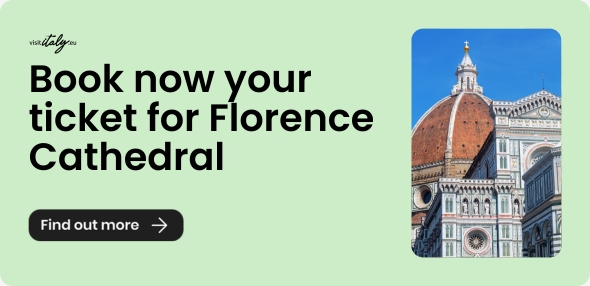
Walking is the best medicine for humans
The history of The Path of San Jacopo
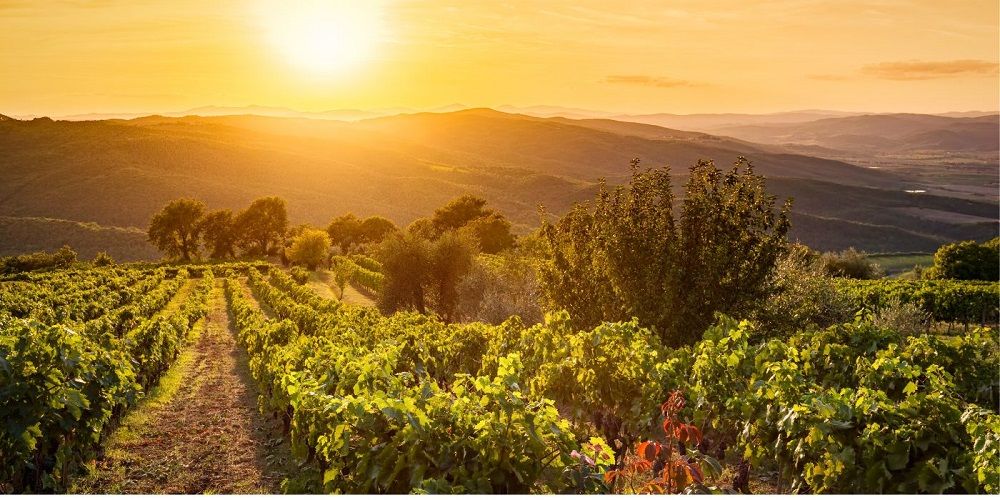
The Path of San Jacopo is also commonly called The Little Italian Path of Santiago, this is due to the symbologies that represent the two paths, the spiritual journey made by the pilgrims but above all because of the presence of the only relic of St. James the Greater, also called San Jacopo, preserved outside the Galician city of Compostela, which holds his original remains, this relic is in fact located in Pistoia.
The Galician authorities then donated to the city of Pistoia a mile marker of the Path of Santiago de Compostela, the only one in all of Italy that indicates the distance between the two cities, the Tuscan and the Spanish.
A memorial mile is a stone artifact that functions as a road sign indicating the direction and distance to the next town. The kilometer cippus of the Path of Santiago de Compostela is made entirely of stone and on it is depicted the symbol of the Camino with the remaining kilometers to reach the Galician capital: 2505 are the kilometers that separate the city of Pistoia from the city of Compostela.
The italian Path of Santiago
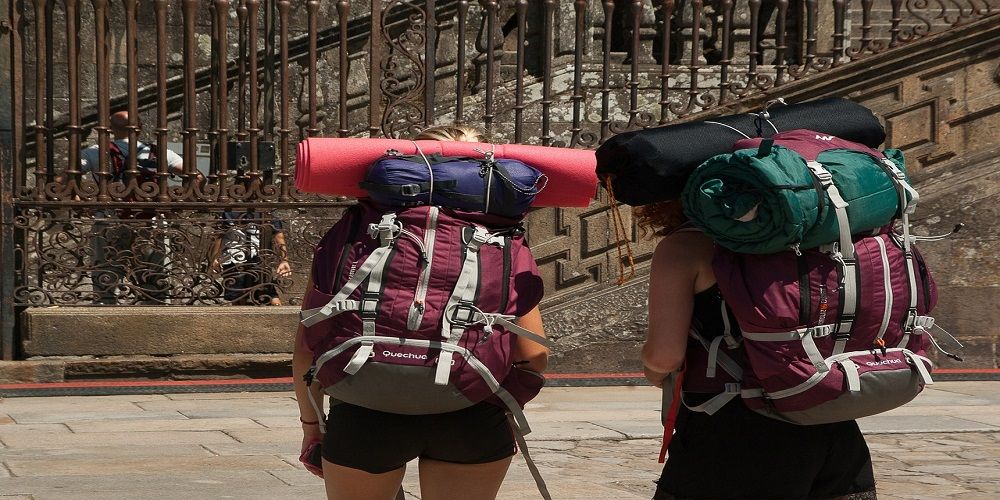
Pilgrims on the road
Who, in the course of their lives, has not dreamed of walking the Camino de Santiago de Compostela at least once. Many have desisted because of the length and difficulty of the route. Italy, in order not to break the wings of the dreams of many and perhaps "train" them to the famous Spanish Way, offers its own Camino de Santiago: The famous Path of San Jacopo.
It is a route of about 174 km starting from Florence and ending in Livorno, in the heart of Tuscany. It is an evocative route full of art, beautiful landscapes and Italian-ness. The path is actually an ancient route that was used by pilgrims who during the Middle Ages wanted to reach Santiago de Compostela in Spain or the capital city of Rome by walking it in the opposite direction.
The Path of San Jacopo or Cammino Jacopeo allows you to slowly, calmly and spiritually discover places, cities, and landscapes that often remain unexplored, hidden from the eyes of the less curious and adventurous.
Pilgrims today may decide to walk the Path of San Jacopo starting in Florence and arriving in Livorno; those, however, who are in the mood for adventure and want to test themselves in both body and spirit may decide to reverse the path starting in Florence and arriving in Rome or, once in Livorno, point their compass west to Spain, with Santiago de Compostela as their final destination.
From the port of Livorno, one can embark for Barcelona and, following the Catalan Jacobean ways, touch on the major Spanish shrines of Montserrat and the Virgin of Pilar, then reach Logroño and continue to Santiago de Compostela via the French Way.
Those with an appetite for adventure can choose the path that best suits their needs.
The Jacobean credential
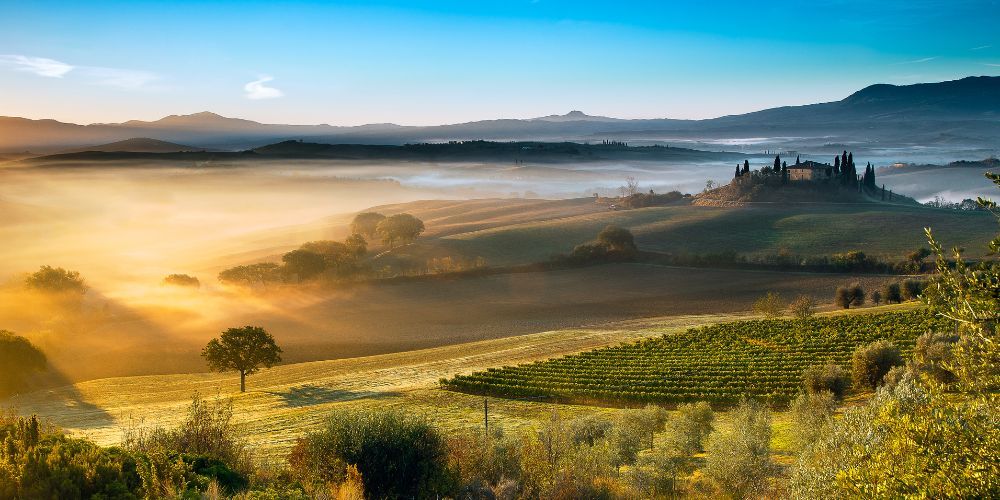
The Jacopea credential is an official travel document that accompanies all pilgrims and attests to the identity of a pilgrim traveler. The Jacopea distinguishes a pilgrim who is facing the Path o f San Jacopo from any other traveler or tourist.
It is a passport-like document where stamps are placed at the various places of accommodation such as hotels, hostels, museums, restaurants, places of worship, churches, and at the conclusion of the stages so as to prove passage through the various locations along the route. The Jacopean credential follows perfectly the model of the credential of the Camino de Santiago de Compostela.
More info on the Jacobean credential and how to get itTips for the Path of San Jacopo

Equipment advice
Although the Path of San Jacopo does not turn out to be as demanding as the Camino de Compostela the kilometers are not few and should not be taken lightly. To best prepare for the journey, one must carefully choose the right footwear. A good pair of shoes makes all the difference.
One should never leave with new shoes that could cause discomfort and blisters, better to opt for already used and soft shoes that are suitable for our feet. Better to also bring a second pair of footwear with you, perhaps open-toed, which will allow your feet to breathe and prevent blisters and blisters.
It is necessary to conscientiously prepare one's baggage. One should avoid carrying heavy and bulky luggage; it is better to opt for a capacious and comfortable travel backpack. It is necessary to eliminate the superfluous and carry only what is really necessary for the trip, also so as not to weigh down the shoulders. It is estimated that the ideal backpack should weigh about 10 percent of our body weight. The Path of San Jacopo is demanding and requires maximum organization.
Never forget water before setting out on the journey to the next stage.
What to put in your backpack? Guide to the perfect gear
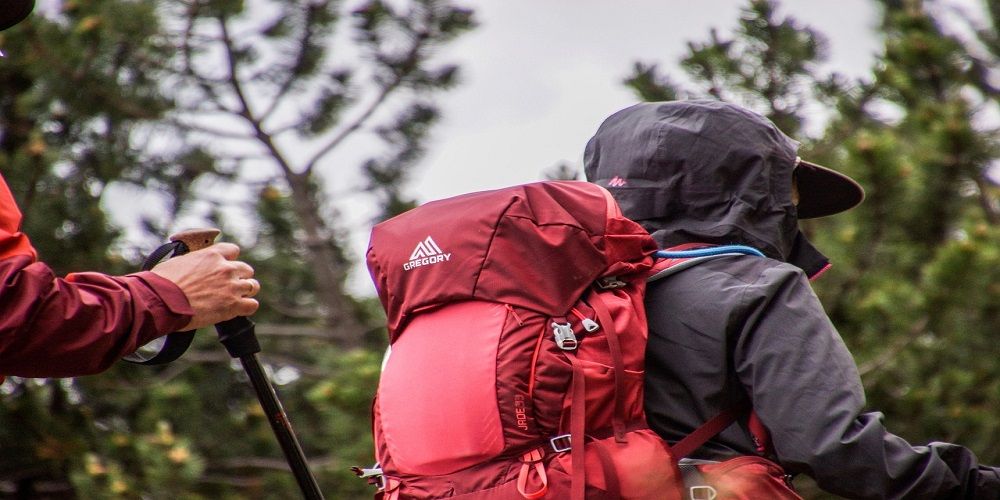
- Sufficient food and water. A water bottle that keeps both cold and hot drinks depending on the season.
- A first aid kit and personal medications, especially if you have particular medical conditions.
- A compass and map, but with new technologies you can also rely on your cell phone or a hiking GPS if necessary. An emergency charger for one's cell phone perhaps with eco-friendly solar panels.
- A flashlight or headlamp for when it gets dark.
- A multi-purpose pocket knife if needed.
- A waterproof jacket in case of bad weather.
- One's personal documents, wallet and cell phone.
- A hat, sunglasses and sunscreen to avoid sunburn.
- Two pairs of shoes, one open and one closed, preferable if with a sole suitable for different terrains.
Great mountains have the value of the men who climb them, otherwise they would be nothing but a pile of boulders
The stages of the Path of San Jacopo
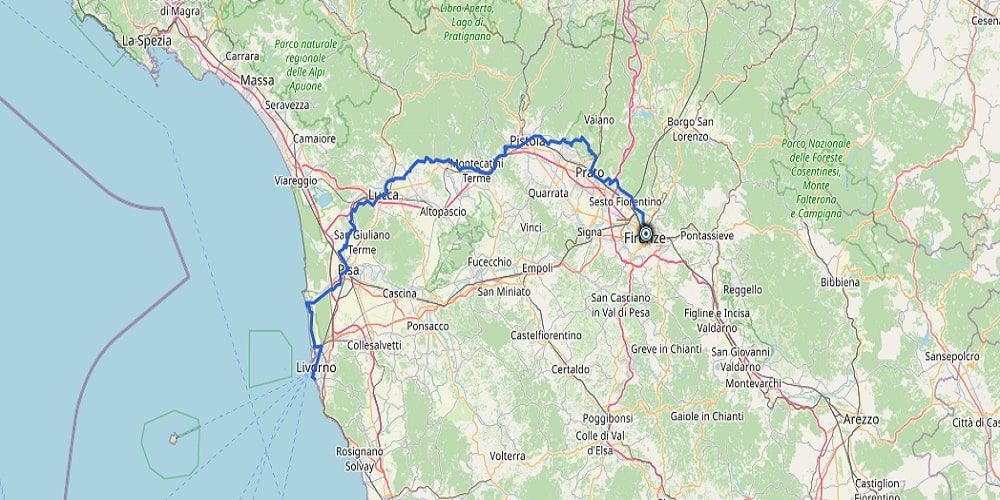
The stages of the Path of San Jacopo
The Path of San Jacopo is divided into 6 stages, each of which has a varying level of difficulty, some are easy, others have medium difficulty.
Certainly The Path of San Jacopo does not have a level of difficulty equal to that of Santiago de Compostela, but adequate physical fitness is required to tackle the walk and avoid slowing down. It can take 6 days if you complete one stage a day but everyone can decide to set a daily limit and organize the miles to be walked according to their needs.
Stage 1: Florence - Prato 27.1 km - Difficulty: Easy
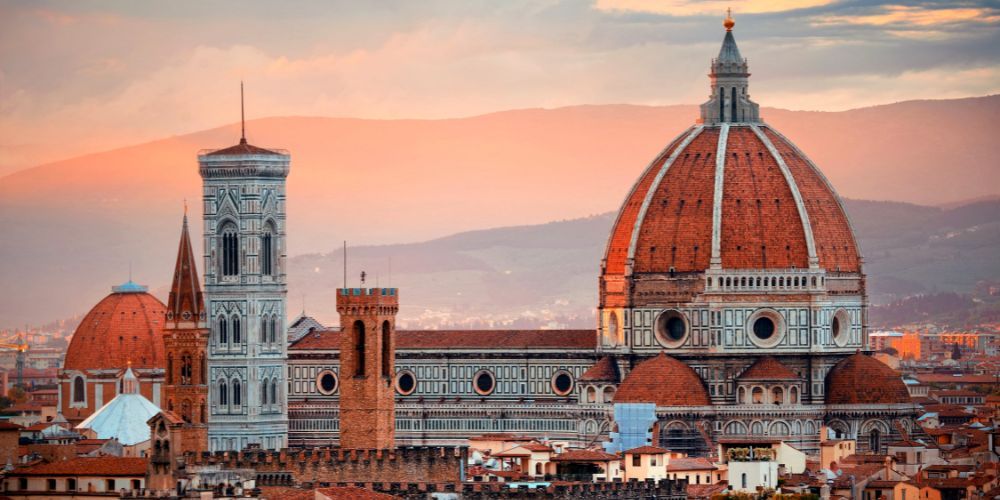
Florence, Tuscany
The route of the stage 1 of the Path of San Jacopo is mostly on asphalt on peri-urban roads parallel to the ancient Via Cassia. There are some gentle, non-demanding ups and downs along urban centers and olive grove countryside that make the walk easy and pleasant. You will encounter tabernacles along the way, some of enormous artistic value, which lend enormous historical value to the route. The highest point of the route is about 190 meters above sea level, where you will find the Settimello Chapels, where you will have a panoramic view of the plain.
Stage 2: Prato - Pistoia 27.1 km - Difficulty: Medium
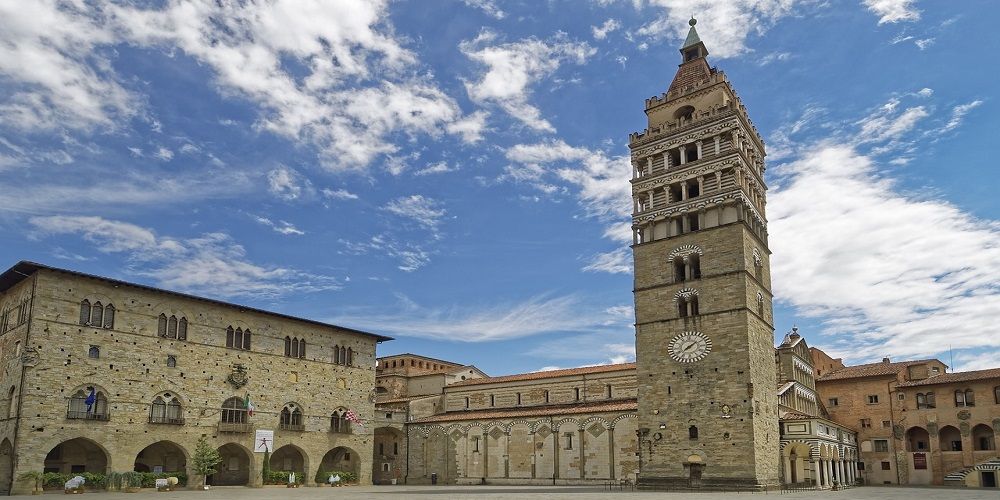
Pistoia Cathedral, Tuscany
The stage 2 of the Path of San Jacopo is of medium difficulty, leading from Prato to Pistoia and takes place on unpaved terrain with a greater incline climbing up to 350 meters, the highest point of the route from which the dome of Pistoia Cathedral can be seen.
Once in the historic center of the city to welcome pilgrims there will be The Baptistery and Pistoia Cathedral where the remains of San Jacopo are preserved. Not far from the cathedral is located the Santiago de Compostela milestone donated to the city of Pistoia. This commemorates the origin of the name "The Little Italian Path of Santiago".
Piazza del Duomo, 8, 51100 Pistoia PT
Stage 3: Pistoia - Pescia 29.6 km - Difficulty: Medium
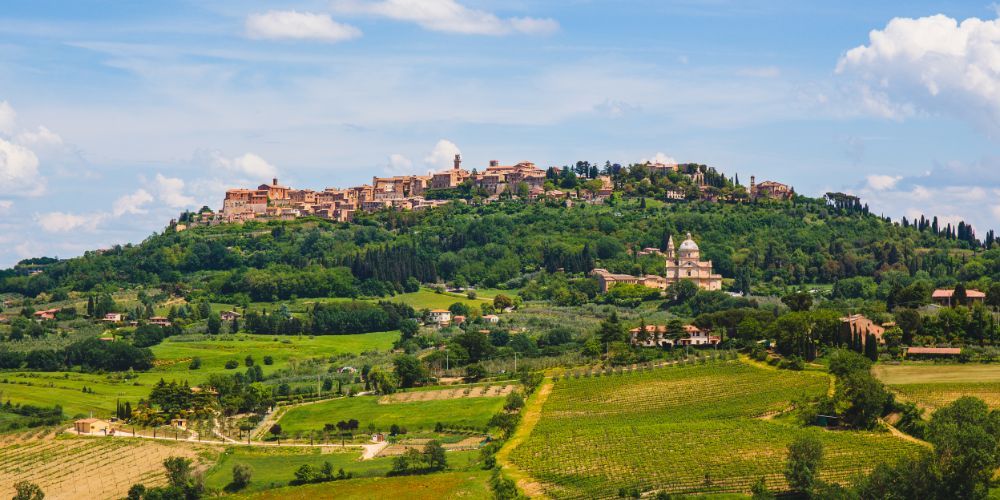
Campaigns of Tuscany for the Path of San Jacopo
The stage 3 of the Path of San Jacopo is varied and alternates between flat and hilly routes leading to ancient villages and castles. Along the way you will pass through the town center of Montecatini Terme and then climb up to Uzzano, the highest point of the route with its 300 meters above sea level. It will then descend rapidly to reach Pescia.
Stage 4: Pescia - Lucca 26.3 km - Difficulty: Easy
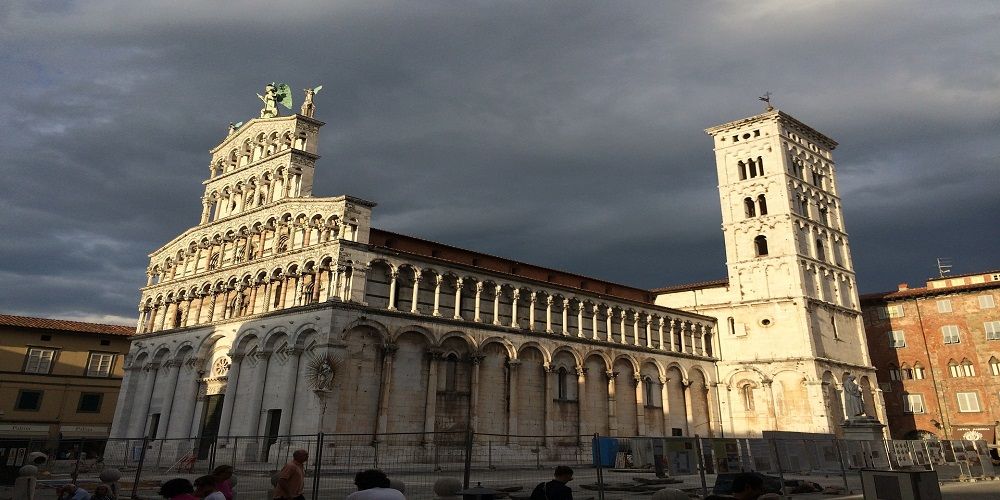
Cathedral of St. Martin, Lucca
The route of Stage 4 of the Path of San Jacopo in the first half is mostly hilly on unpaved dirt paths and runs along ancient roads, while in the second half it is flat and crosses the entire plain of Lucca.
Once you reach the very ancient city walls of Lucca, which were created to protect the city from Pisan attacks, these will be crossed through the Porta di San Jacopo, where the church of San Jacopo alla Tomba once stood.
In the center of the city is the Cathedral of San Martino to meet the Volto Santo, an ancient crucifix venerated by the city of Lucca that marks the halfway point of the pilgrimage.
Stage 5: Lucca - Pisa 28.6 km - Difficulty: Easy
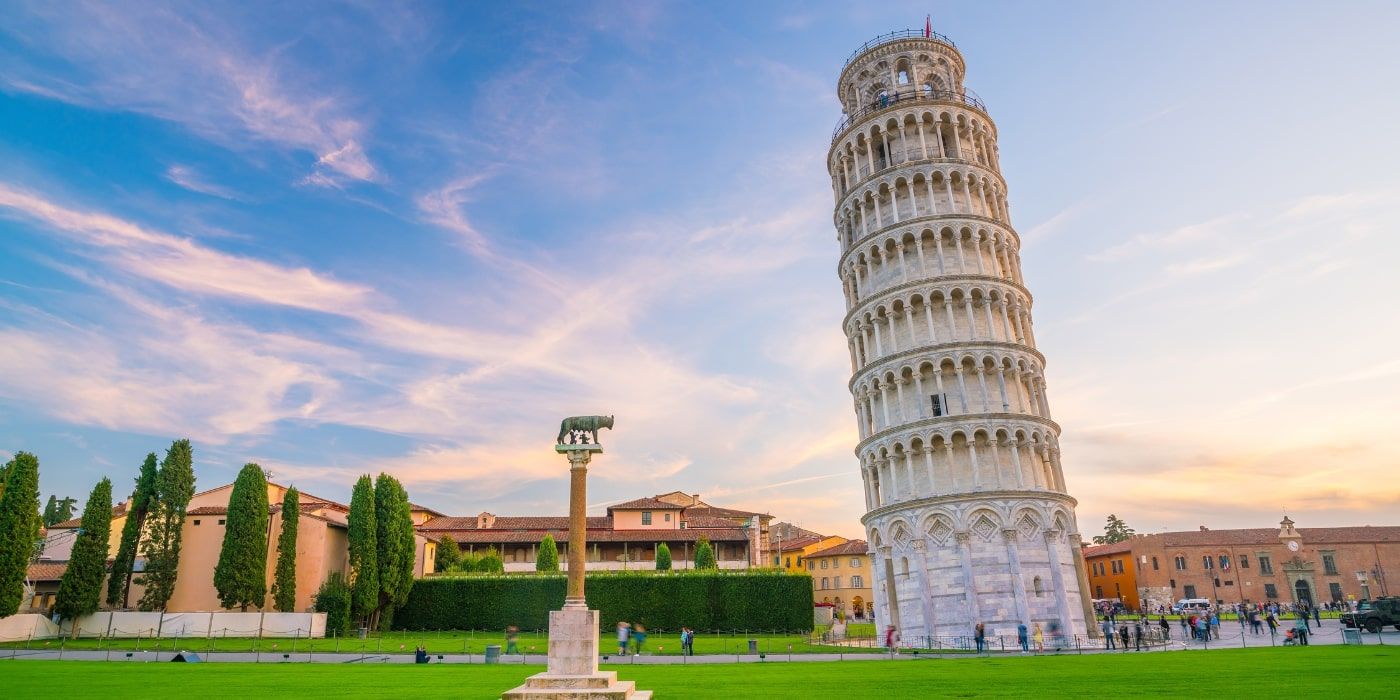
Miracle Square, Pisa
Stage 5 of the Path of San Jacopo is very quiet and easy, winding along country roads and ancient villages set in the hills. In the distance along the way, the Tower of Pisa can be seen, marking the end of the stage. Once you reach San Jacopo, where the ancient Ospitale per Pellegrini di San Jacopo once stood, the stage is almost over in fact in a short time you will skirt the ancient walls that enclose Pisa's Piazza dei Miracoli where you can admire the baptistery, the cathedral and the leaning tower.
Stage 6: Pisa - Livorno 35.9 km - Difficulty: Medium

To Santiago de Compostela
Stage 6, the last of the Path of San Jacopo, leads from the city of Pisa to the city of Livorno, toward the sea. This is most likely the most difficult and cramped stage, both because of its greater length than the previous stages and because of the type of route, which alternates between country roads and unpaved terrain.
Once in the city of Livorno, the compass points to the Cathedral of San Jacopo in Acquaviva on the shores of the sea, a point where pilgrims gathered in the Middle Ages and departed aboard ships for Spain, continuing their journey to their final destination: Santiago de Compostela. For some of us today, history is still repeating itself, and we have only to wish everyone Have a good walk!
About the author
Written on 07/08/2023

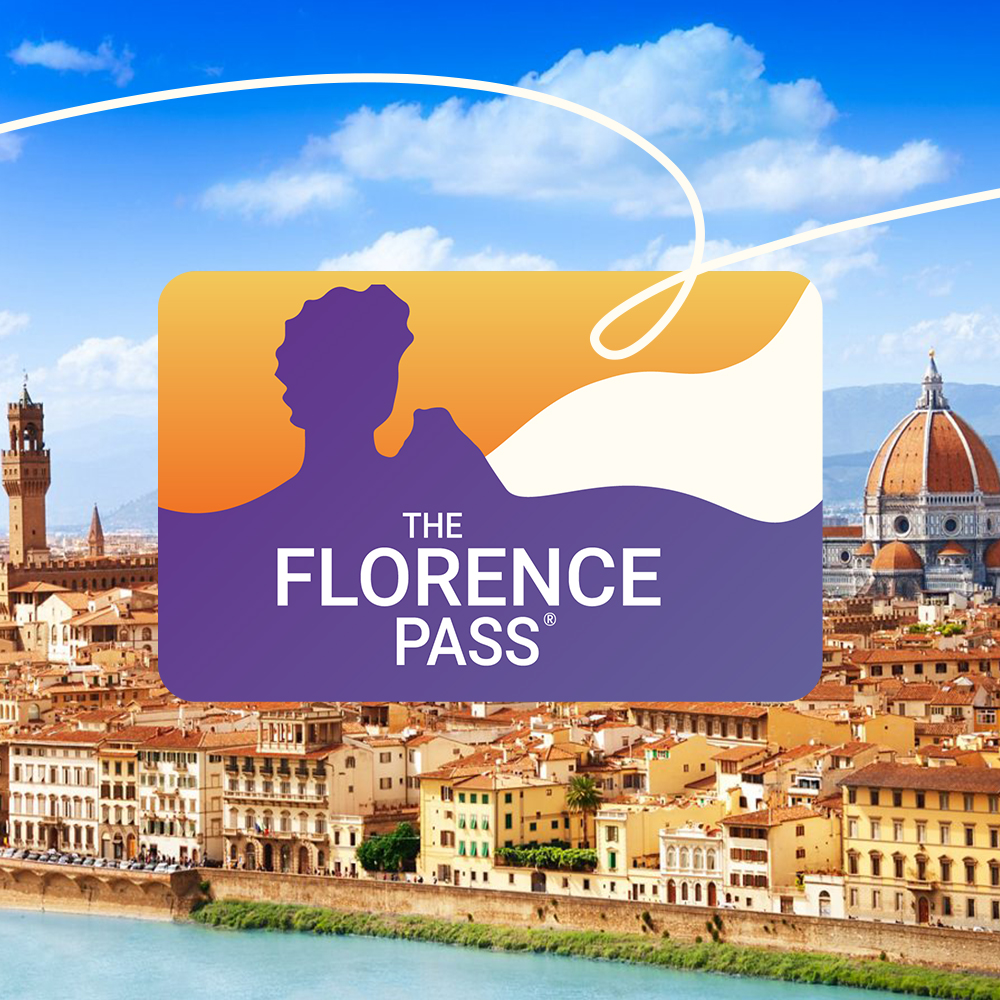


Vincenzo De Rosa
174 km to walk from Florence to Livorno to Santiago de Compostela or Rome, this is the Path of San Jacopo in Tuscany.